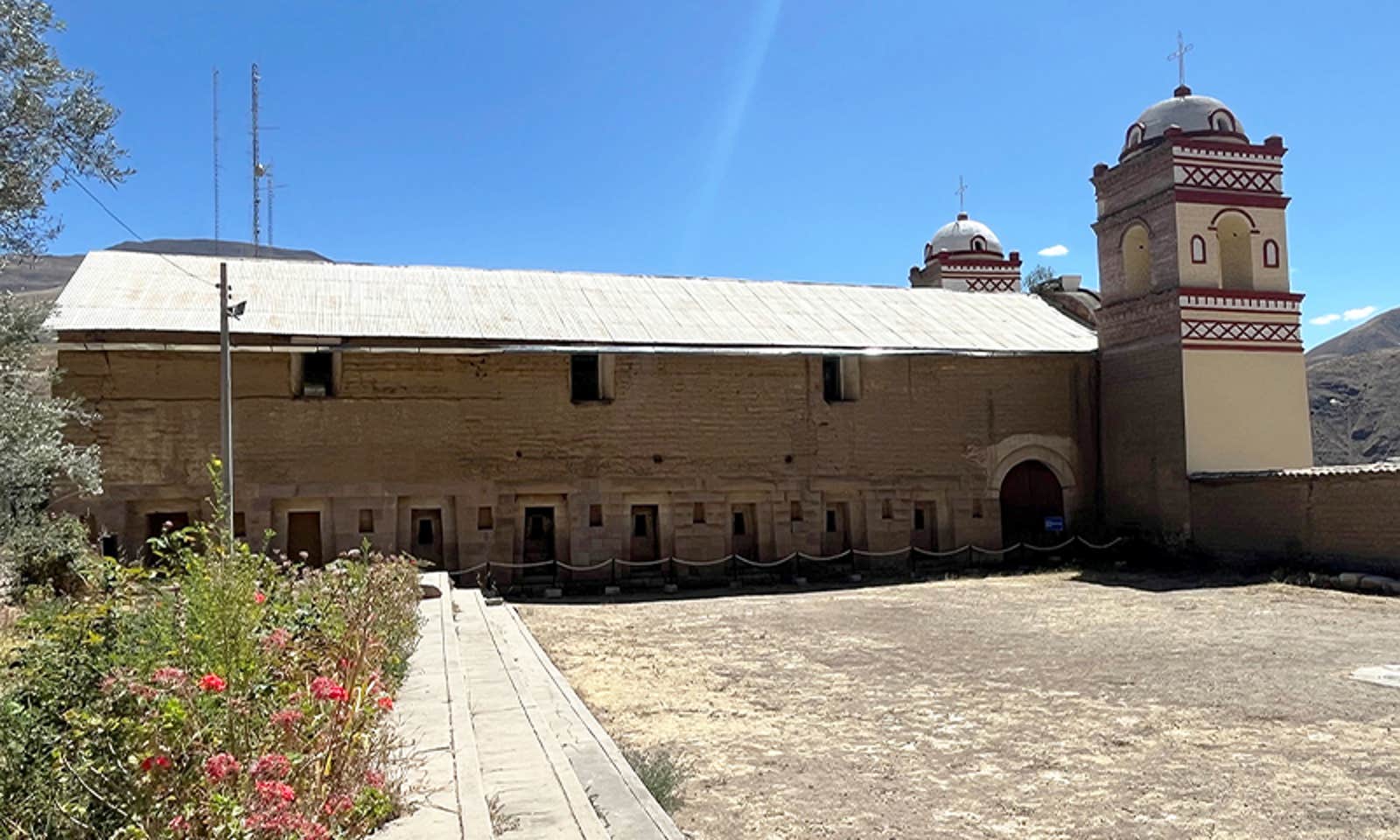Imagine the sound that a boom box the size of a gymnasium might produce, the rumble and clang of its music echoing through the mountain tops.
Some 600 years ago, the Incan order of Tupac Yupanqui built a hall out of stone high in the Peruvian Andes, in a town named Huaytará, perched about 10,000 feet above sea level. Unlike most other Inca buildings, though, which generally have enclosed floor plans, this one was totally open at one end. That feature, researchers now say, was likely meant to amplify low frequency sounds, such as drumbeats used to announce the beginning or end of a battle, injecting music into the ancient world.
“Many people look at Inca architecture and are impressed with the stonework, but that’s just the tip of the iceberg,” said Stella Nair, a UCLA associate professor of art history whose expertise is Indigenous arts and architecture of the Americas, in a statement. “They were also concerned with the ephemeral, temporary and impermanent, and sound was one of those things.”
The opening at one end of the 30-foot long temple would have concentrated sound produced inside the hall and projected it into the environment more efficiently and with greater clarity and reach than an enclosed space, said Nair. Her research suggests this feature was not just an aesthetic whim or a sign that the building was unfinished, but a feat of acoustic engineering. Because the temple has only three walls, it earned the name carpa uasi in the Indigenous Quechua language, which translates as “tent house” in English. The building is believed to have served as a temple for worshipping the sun or a palace.
Ironically, Nair says, the temple most likely survived because Spanish colonizers ordered the construction of a Catholic church on top of it, a common practice during the 16th century. The three-sided layout would have made the temple far less stable architecturally, but the temple still stands today as the foundation for the Church of San Juan Bautista, the main tourist attraction in Huaytará.
To sound out the building’s sonic properties, Nair is working with a team of acoustic experts led by Stanford University music professor Jonathan Berger. Together, the researchers expect to produce a model for how sound would have traveled through and outside the building. For her research, Nair took photographs and measurements of the building and made drawings. She will use those drawings in combination with AI modeling to try to get a sense of the shape of the original roof, which was removed when the church walls were built.
Nair says her finding suggests that the ritual and social role of sound should be reconsidered in other pre-Columbian Andean architecture. Her research is part of a growing field of study known as archaeoacoustics, that aims to add the critical layer of sound to historical interpretation.
Whatever these acoustic archaeologists learn, it could tell us a lot about the kind of music that rang through the valleys and mountains where cultures thrived centuries ago. ![]()
Enjoying Nautilus? Subscribe to our free newsletter.
Lead photo: Stella Nair
































